The Labor Theory of Value
from ancient times to now, labor is needed to create something of use, whether by work crews or machines run by an individual.
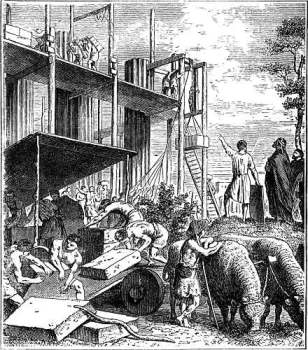
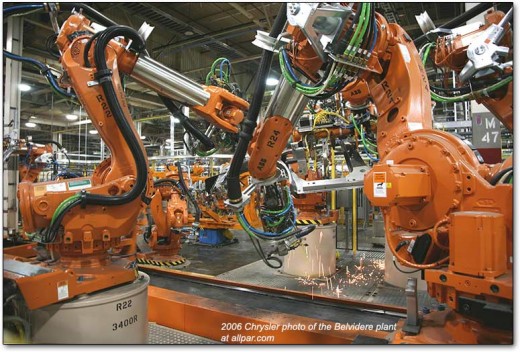
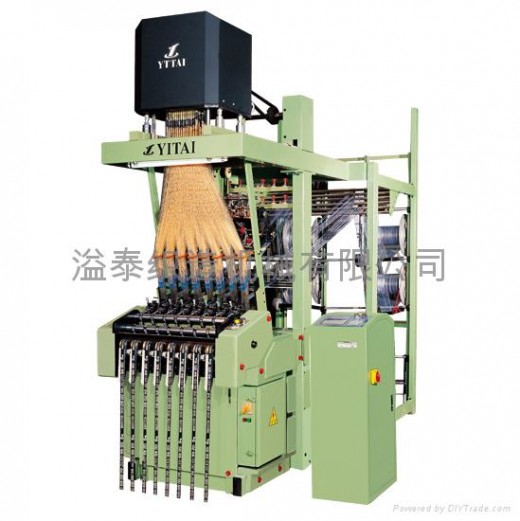
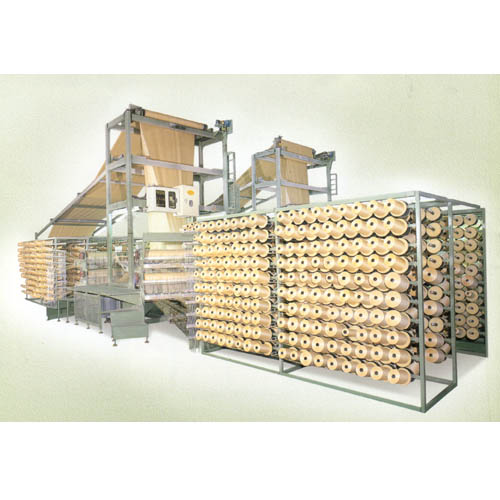
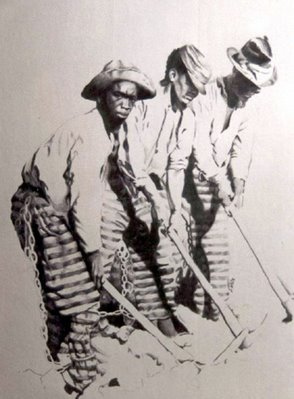
Everything that we use and consume has labor involved in procuring or producing it.
The essence of the labor theory of value was embraced by such notable thinkers as Thomas Aquinas, Thomas Jefferson, Adam Smith and Karl Marx. Karl Marx extended the idea with his understanding of capital into the idea of abstracted labor value. Marx was also aware of utilitarian value insofar as he recognized that it was pointless to labor on something that was worthless. These contributions are crucial in understanding the function of modern finance and how value is allocated. In all systems of trade, whether hunting-gathering, barter, or moneyed type, the one fundamental that is consistent in all of them is the availability of natural resources. Natural resources are the basis upon which the foundation of all value is placed. Without natural resources, there would be nothing to collect and work upon to produce things of use and value to our existence. Some natural resources require almost no work in order to use them. Others require an immense amount of labor to be of any use. The plucking of wild fruit and eating it fresh from the stem requires little more effort than to reach out, pluck and eat. Drinking from a stream require little work too. However, taking a cotton boll and making a shirt requires a lot of steps beyond just the picking. Thus there is a big difference between eating wild fruit and wearing a cotton shirt. The second one requires more labor than the first. The cotton boll must be picked in large quantity, separated from the seed, carded, and spun, weaved and then cut and assembled into a shirt. There is one step to plucking and eating berries and several involved in making a cotton shirt. Both come ultimately from natural resources, but one has to be processed into something useful to us in the way of clothing.
The gathering of wild food requires that one finds it and acquires it and then proceeds to either prepare it for eating or for trade. If the gathered item is plentiful and there is plenty of competition, then the trade value falls. One may wind up stuck with a lot of stock that can't be moved. On the other hand, if it is rare and hard to find, the value increases. It follows that the first in the line of a manufactured item is of more value than the millions of copies made later as this follows the law of availability, supply and demand. The first computer cost a king's ransom. Now you can get one much more powerful and compact for a week’s wages. On the other hand, there may not be enough supply to meet demand, so some will have to go without. This is the basic principle behind the law of supply and demand and the idea of buy cheap and sell dear. Modern society has cleverly manipulated supply in order to turn the problem of over production into a deficit in order to increase value due to manufactured rarity. For the most part, this is done discretely as an obvious move would risk much in the way of protest and trouble for those who control the supply. This is known as the invisible hand of the market, a term coined by Adam Smith. These ideas are used to manipulate the value of anything. Of course, there are real surpluses and deficits that influence the value of something quite independent of any labor at all. One cannot argue over the vagaries of nature that produces a bumper crop of wheat one year and a dearth due to famine in the next. The value of commodities can fluctuate due to the influences of nature. However, the hand of man can enter to create an artificial dearth. This is affected by a variety of means as history demonstrates. In highly industrial countries, surplus food is either destroyed or farmers are paid to leave fields fallow. Another means is to declare that some of the produce is diseased and therefore, for safety reasons, most of the produce must be destroyed, such as in cases of mad cow disease, or bird flu. The result is much higher prices for that which is left over. In Mao-Tse Dung's Communist China, the peasants bragged how production of rice increased three of five fold in the same acreage. Rice crops were planted more densely with the result that everything grew up stunted and produced a lot less if anything at all. The authorities thinking the yields were much higher than norm sold the excess cheaply to foreign markets with the result that famine at home starved some sixty millions to death. The smaller rice crop was sold as if it were a super bumper crop that resulted from communist production, when in reality; it had more to do with propaganda than actual production. Even at home in the capitalist world, much is affected by way of propaganda.
In the case of a manufactured deficit, it is as if all the labor that went into producing something must then be turned on its head to destroy that which was produced. This results in a tremendous waste of resources and labor. In the case of mad cow disease, the farmer who raises the cattle must invest a lot of time and energy to raise the beef. He then must destroy it himself, which rarely occurs and it is then confiscated and destroyed by the authorities. The end result is that an enormous amount of energy is expended for a net zero result in real value. In our modern era, insurance covers the loss to the beef grower and the authorities pay the worker to kill and burn the infected beef even though a lot of real value in beef is lost; up in smoke. Everyone is forced to take a loss and the rarity of the item forces up prices for that still available. One might argue over useless labor, but in this case, neither is useless, not the beef production, nor the prevention of the spread of disease.
Owing to the nature of exploitation of labor, there is an unequal division of payment to labor. The most classic example that has haunted the industrial world since its inception, is the wage differential paid to men and women for exactly the same work. Women have been struggling for decades, often without result to get wage parity for exactly the same job. Thus by default, women work the same job, but are valued less and in essence must work harder to obtain the same result. Then workers are graded by skill, where the hardest, dirtiest and most dangerous jobs like mining pay a lot less than skilled jobs like legal work. No one ever heard of a lawyer dying of black lung like a coal colliery worker. Lawyers are often paid far more for a lot less physical work. Arguably, the way laws change, such as in prohibition and then no prohibition can be seen as wasted value.
The organization of capitalist society from its inception is structured where the original entrepreneurs seized existing new and rising opportunities. Through a variety of means, they were able to rise in wealth and then hire on labor to do the work. The labor came from displaced persons who were formerly peasants. This very thing is going on in China right now. It happened in previous centuries in Europe. By hook, crook, cleverness or being in the right place at the right time, some people managed to place themselves where they could exploit labor. There are a number of factors in operation here. One of them is the concept of abstracted labor value that arose from the idea of money as a mean of virtual value in exchange for something of real value. Money as the fetish of abstracted labor value lends itself to the charging of interest, devaluation, inflation and so on. Thus, the entrepreneur who hires on labor elects to pay each a dividend while he keeps a portion for himself as skimmed off profit. The entrepreneur does not go on the factory floor to make the product. The workers do that. The entrepreneur then hires someone to sell the produce and pays the seller a commission. The entrepreneur takes the sum of what is gained through the sales and apportions out the dividends to the factory floor workers and keeps a large portion for himself. Laws are in place to make sure that this order of things is kept in place. Although it was not originally true when there was a lot of competition, today large businesses retain lawyers to change the law or adjust it for the advantage of the entrepreneur. In the past, many things were made by hand, but today many of the same processes are done by machine, so that a single worker can now do the job of a hundred or of a thousand. The worker, who manufactures with machines doing the work of a hundred or a thousand in an earlier time, is paid the same comparative wage adjusted for inflation as each of the 99 0r 999 he replaced; only the wages of the 99 or 999 are now kept by the entrepreneur. Thus the entrepreneur receives to himself, the wages of the 99 or 999 plus profits for wise and timely investment and business expansion.
It is true that people differ in skill sets and levels. This may be due to opportunity or lack thereof or by nature where people differ from one another. One would not reasonably ask a skilled artist to work in a security job, yet this very thing occurs due to lack of opportunity, which is then blamed on the artist. On the other hand, one would not ask a gifted security professional to produce a piece of commercial art. There exists the results of a security professional producing art and the resulting newsletter was unreadable. Here we see misappropriated talent, wasted labor, lost value and waste of resources.
Most workers today face the situation where the income from a job is insufficient to meet their basic needs. In one way, this follows the same law of supply and demand. Improved mechanization has contributed immensely to this throughout history where one worker can do the same amount of work that formerly took thousands. The workers who are now devalued are forced to work longer hours to make ends meet. Some work two or more jobs. Some from disincentive seek out better opportunities that may or may not exist. Often, the incentive to keep working on a dead end job is the hope that someday things will improve and to keep working, even though morale and incentive is poor on that job and the vision toward the fulfillment of that hope. That fulfillment might occur due to a strike or a revolution. The hope may not be realized at all.









